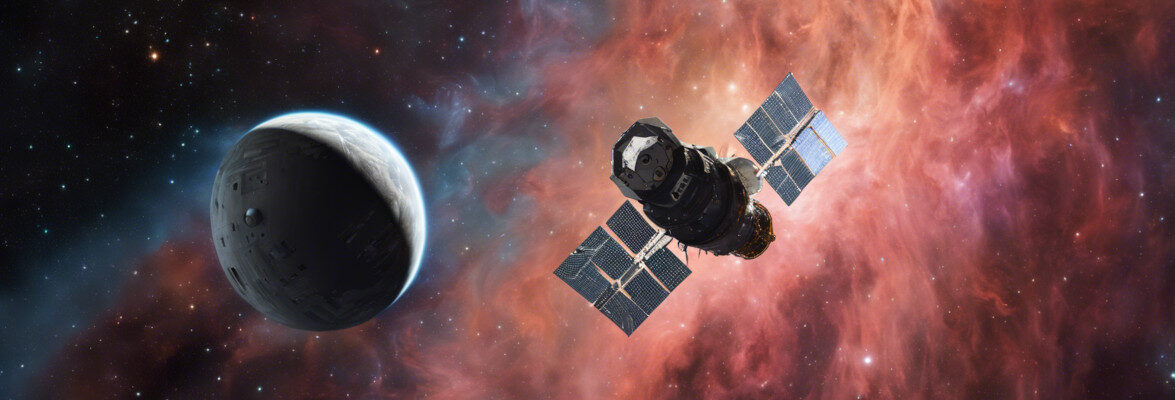
An intense primordial light from the dark ages of the universe
An article published in the journal “Nature” reports the results of observations of the primordial galaxy cataloged as JADES-GS-z13-1. A team of researchers used the James Webb Space Telescope to examine this galaxy, estimating that it dates back to about 330 million years after the Big Bang. The surprise came from spectroscopic analyses with so-called Lyman-alpha radiation, emitted in the ultraviolet by hydrogen in specific circumstances, because it was much stronger than would be expected from a galaxy of that era.





